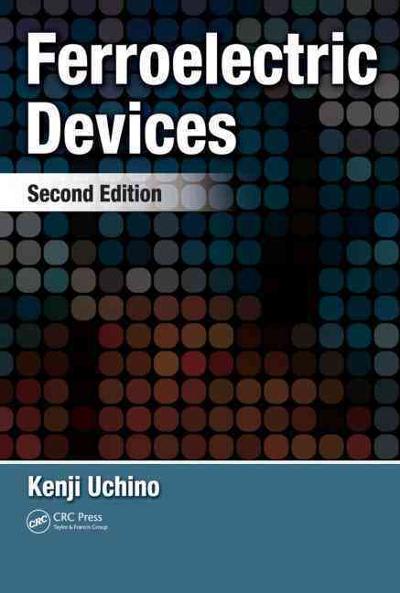Question
First question: Two balls undergo an elastic head-on collision. After the collision, ball 1 (mass = 1.30 kg) moves to the right with a speed
First question:
Two balls undergo an elastic head-on collision. After the collision, ball 1 (mass = 1.30 kg) moves to the right with a speed of 4.90 m/s, While ball 2 (mass = 3.50 kg) moves to left with a speed of 3.39 m/s.
Determine the initial velocity (in m/s) of each ball before the collision, then sketch a diagram representing how the balls were moving before they made contact.
second question:
Consider two blocks one at rest and one with twice the mass colliding with it at a speed of 12.3 m/s. the lighter block deflects by 34.0 degrees below the horizontal while the heavier block deflects by 10.0 degrees above the horizontal.
Using a proper before-after collision diagram, find the final speed (in m/s) of each block.
Third question:
A baseball is thrown upward with an unknown initial speed from an elevation of 2.30 m above the ground. It reaches a maximum height of 22.5 m above the initial launching point.
a) using energy conservation (not kinematics). what is the initial speed (in m/s) at which the ball was launched?
b) using energy of conservation (not kinematics) what is the speed (in m/s) immediately before it lands back on the ground?
fourth question:
A 6.00-kg block of wood is at rest on a rough floor patch. An 855-g piece of clay with a speed of 18.0 m/s collides with the block and sticks to it. The friction coefficient between the block and the floor is 0.160. The combined object moves on the rough floor until it comes to a stop. How far (in m) does the combined object travel before stopping?
1-D Momentum Analysis (provide an answer for this)
Force Analysis (provide an answer for this)
Kinematics Analysis (provide an answer for this)
Step by Step Solution
There are 3 Steps involved in it
Step: 1

Get Instant Access to Expert-Tailored Solutions
See step-by-step solutions with expert insights and AI powered tools for academic success
Step: 2

Step: 3

Ace Your Homework with AI
Get the answers you need in no time with our AI-driven, step-by-step assistance
Get Started


